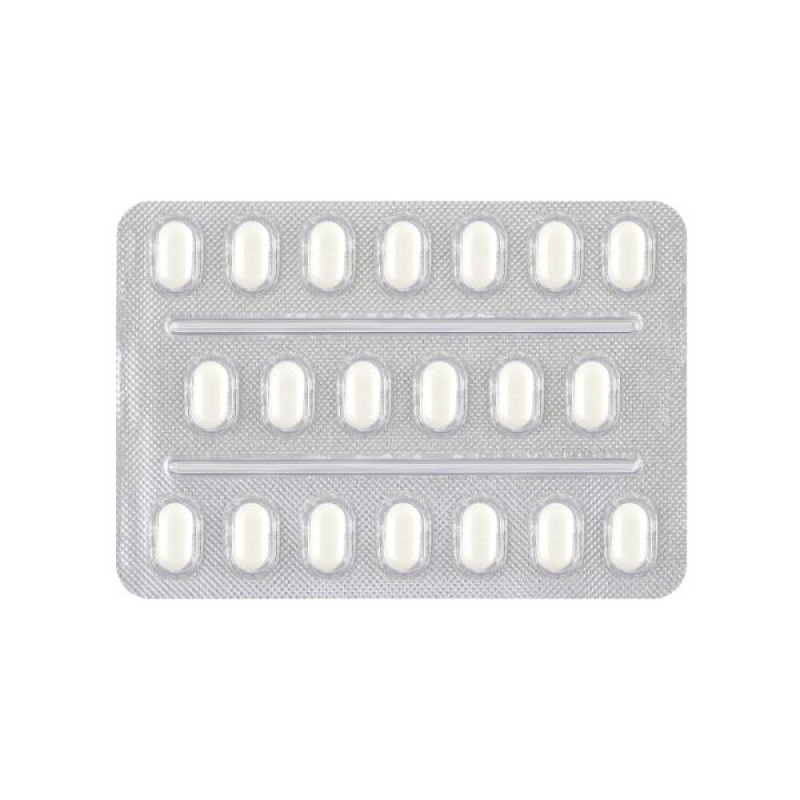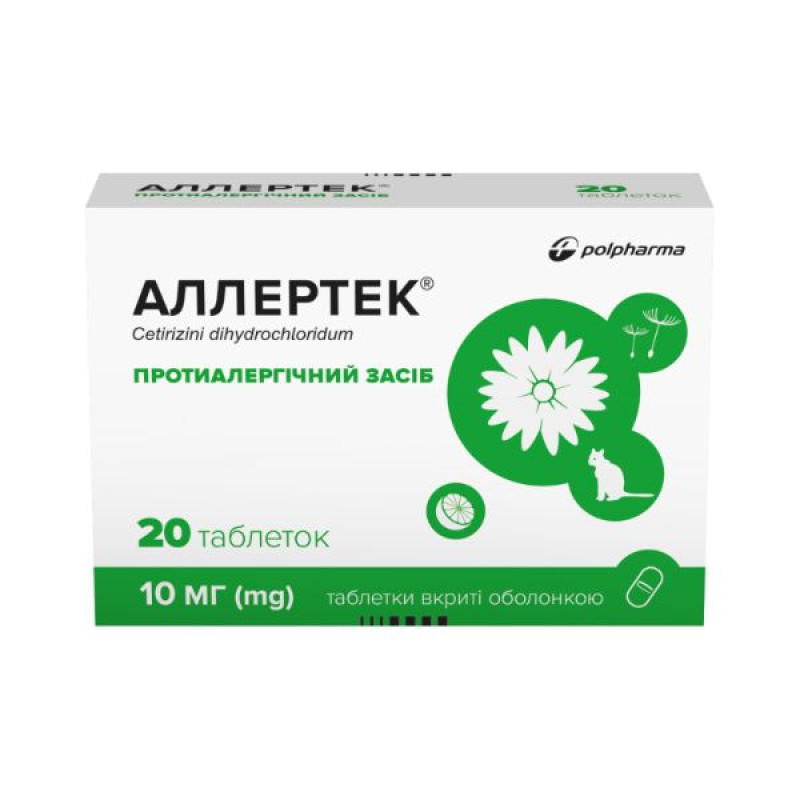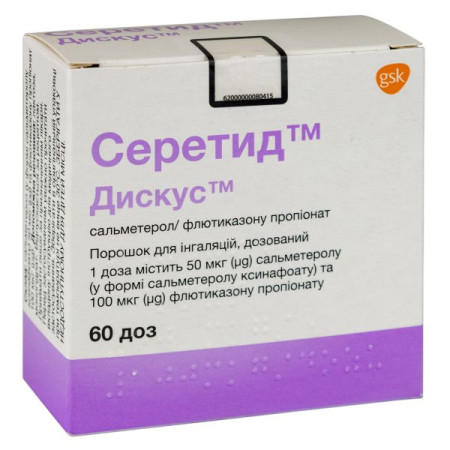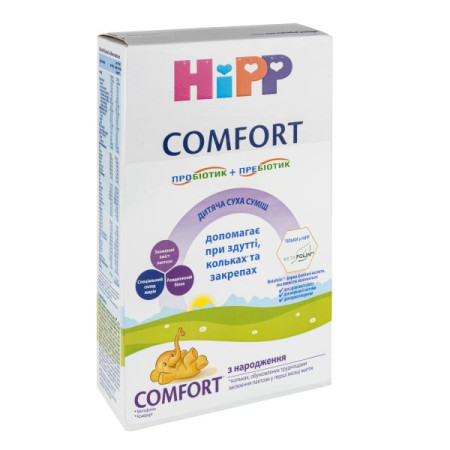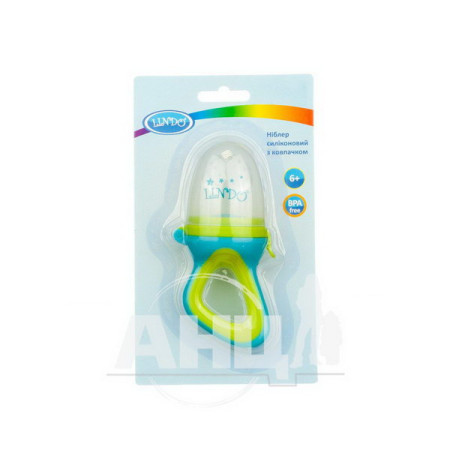Allertec film-coated tablets 10 mg No. 20
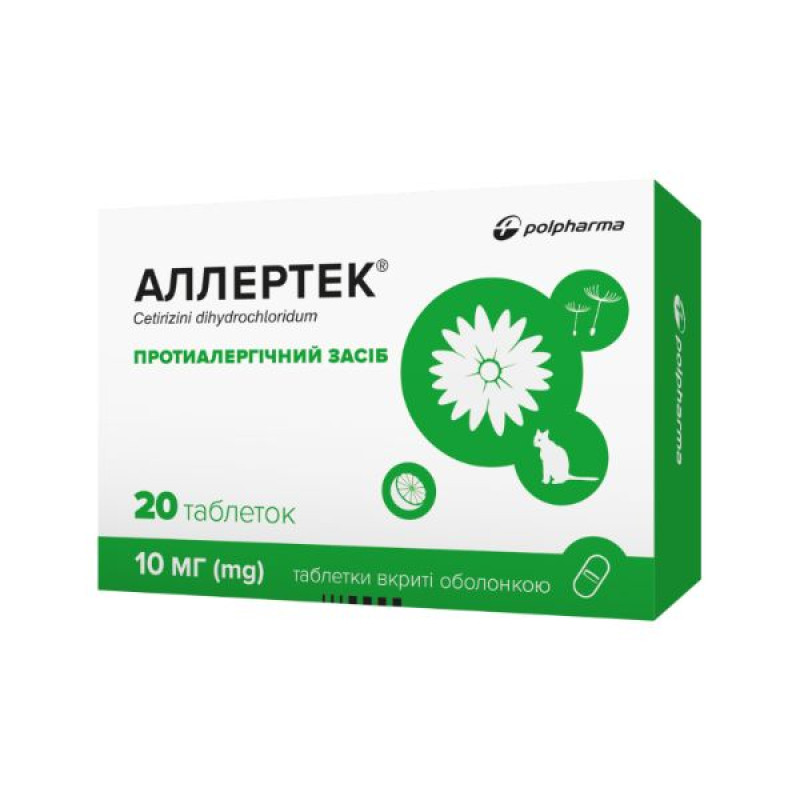
Instructions for Allertec film-coated tablets 10 mg No. 20
Composition
active ingredient: cetirizine dihydrochloride;
1 film-coated tablet contains cetirizine dihydrochloride 10 mg;
excipients: lactose monohydrate; microcrystalline cellulose; corn starch; povidone K-25; magnesium stearate; sodium starch glycolate (type C); colloidal anhydrous silicon dioxide; sodium lauryl sulfate;
shell composition: hypromellose, macrogol 6000.
Dosage form
Film-coated tablets.
Main physicochemical properties: white to cream-colored, oblong, biconvex, film-coated tablets with a smooth surface and a score line on one side.
Pharmacotherapeutic group
Antihistamines for systemic use. Piperazine derivatives. ATX code R06A E07.
Pharmacological properties
Pharmacodynamics.
Mechanism of action
Cetirizine, a metabolite of hydroxyzine, is a potent, selective antagonist of peripheral histamine H1 receptors. In vitro receptor binding studies have shown no significant affinity for receptors other than H1.
Pharmacodynamic effects
In addition to its antagonistic action on H1 receptors, cetirizine has an antiallergic effect: at a dose of 10 mg 1 or 2 times a day, the drug inhibits the late phase of migration of cells involved in the inflammatory reaction (mainly eosinophils) in the skin and conjunctiva of individuals with atopy who have been administered antigen;
Clinical efficacy and safety
Studies in healthy volunteers have shown that cetirizine at doses of 5 and 10 mg intensely inhibits the occurrence of blisters and redness caused by very high concentrations of histamine in the skin, although the relationship to efficacy has not been established.
In a 6-week placebo-controlled study in 186 patients with allergic rhinitis and concomitant asthma (mild to moderate severity), cetirizine 10 mg once daily improved rhinitis symptoms and had no effect on lung function. This study confirms the safety of cetirizine in patients with mild to moderate asthma.
A placebo-controlled study in which cetirizine was administered at a high daily dose (60 mg) for 7 days did not show a statistically significant prolongation of the QT interval.
The use of cetirizine in usual doses improves the quality of life of patients with chronic and seasonal allergic rhinitis.
Pharmacokinetics.
Absorption
The steady-state maximum plasma concentration is approximately 300 ng/ml and is reached within 1±0.5 hours. The distribution of pharmacokinetic parameters, such as peak plasma concentrations (Cmax) and area under the curve (AUC), is homogeneous.
The extent of absorption of cetirizine was not reduced by concomitant administration with food, although the rate of absorption was reduced. The extent of bioavailability is similar when cetirizine is administered as a solution, capsules, or tablets.
Distribution
The apparent volume of distribution is 0.5 l/kg. The binding of cetirizine to plasma proteins is 93±0.3%. Cetirizine does not affect the binding of warfarin to blood proteins.
Biotransformation
Cetirizine does not undergo extensive first-pass metabolism.
Breeding
The terminal half-life is approximately 10 hours. When administered in a daily dose of 10 mg for 10 days, no accumulation of cetirizine was observed. Approximately 2/3 of the dose is excreted unchanged in the urine.
Linearity/nonlinearity
Cetirizine exhibits linear kinetics at dosages from 5 to 60 mg.
Certain patient groups
Patients with renal impairment
The pharmacokinetics of the drug in mild renal impairment (creatinine clearance below 40 ml/min) were similar to those in healthy volunteers. In patients with moderate renal impairment, the half-life was three times longer and the clearance was 70% lower than in healthy volunteers.
In patients undergoing hemodialysis (creatinine clearance below 7 ml/min), when using cetirizine in a single dose of 10 mg, the half-life was three times longer and the clearance was 70% lower than in healthy volunteers. Cetirizine is removed from plasma to a negligible extent during hemodialysis. Dosage adjustment is required in patients with moderate or severe renal impairment (see section "Method of administration and dosage").
Patients with liver function disorders
In patients with chronic liver disease (biliary cirrhosis, liver disease associated with cholestasis) who took 10 or 20 mg of cetirizine once, the half-life was prolonged by 50% and the clearance was reduced by 40% compared to healthy volunteers. Dosage adjustment is only necessary in the presence of simultaneous impairment of both liver and kidney function.
Elderly patients
In sixteen elderly subjects, after a single oral dose of 10 mg, the elimination half-life was increased by approximately 50% and the clearance was decreased by 40% compared to other subjects. The decreased clearance of cetirizine in elderly volunteers may be related to impaired renal function.
Children, including infants
In children aged 6–12 years, the half-life of cetirizine is about 6 hours, and in children aged 2–6 years, it is 5 hours. In infants and children aged 6–24 months, the half-life is reduced to 3.1 hours.
Indication
Symptomatic therapy:
nasal and ocular symptoms of seasonal and perennial allergic rhinitis;
chronic idiopathic urticaria.
Contraindication
Hypersensitivity to the active substance or to any of the excipients included in the preparation, to hydroxyzine or to any piperazine derivative.
Severe renal impairment (creatinine clearance less than 10 ml/min).
Rare hereditary forms of galactose intolerance, the Lapp lactase deficiency or glucose-galactose malabsorption.
Interaction with other medicinal products and other types of interactions
Pharmacokinetic interaction studies have been conducted with cetirizine and pseudoephedrine, cimetidine, ketoconazole, erythromycin, azithromycin; no pharmacokinetic interactions were observed. In a multiple-dose study of theophylline (400 mg once daily) and cetirizine, a slight (16%) decrease in cetirizine clearance was observed, while theophylline levels were not affected by co-administration of cetirizine.
Studies of cetirizine with cimetidine, glipizide, diazepam, and pseudoephedrine have not revealed evidence of adverse pharmacodynamic interactions.
Studies of cetirizine with azithromycin, erythromycin, ketoconazole, and theophylline have not revealed evidence of adverse clinical interactions. In addition, concomitant use of cetirizine with macrolides or ketoconazole has never resulted in clinically significant ECG changes.
In a multiple-dose study of ritonavir (600 mg twice daily) and cetirizine (10 mg daily), the duration of exposure to cetirizine increased by approximately 40%, while ritonavir exposure was slightly impaired (-11%) when co-administered with cetirizine.
The extent of absorption of cetirizine is not reduced by food intake, although the rate of absorption is reduced by 1 hour.
There is no evidence of an increase in the effect of sedatives when used in therapeutic doses. However, the use of sedatives should be avoided while taking the drug.
Concomitant use of the drug with alcohol or other central nervous system depressants may cause additional impairment of attention and impaired performance, although cetirizine does not potentiate the effect of alcohol (at blood alcohol levels of 0.5 g/l).
Application features
When taken in therapeutic doses, no clinically significant interactions with alcohol were observed (at blood alcohol levels of 0.5 g/l), however, it is recommended to avoid simultaneous alcohol consumption.
Use with caution in patients prone to urinary retention (spinal injury, prostatic hyperplasia), as cetirizine may increase the risk of developing urinary retention.
It is recommended to prescribe the drug with caution to patients with epilepsy and patients at risk of seizures.
Antihistamines suppress the skin allergy test, so before conducting it, the drug must be stopped 3 days before the test (withdrawal period).
Use with caution in patients with chronic renal failure (dosage regimen adjustment required) and in elderly patients with renal failure (possible reduction in glomerular filtration).
Pruritus and/or urticaria may occur after discontinuation of cetirizine, even if these symptoms were not present before treatment. In some cases, the symptoms may be severe and may require re-administration of the treatment after discontinuation. Only when the symptoms have disappeared should treatment be restarted.
Use during pregnancy or breastfeeding
Pregnancy.
Pregnancy studies do not indicate any congenital malformations or fetal/neonatal toxicity with cetirizine with a clear causal relationship. Animal studies do not indicate direct or indirect harmful effects with respect to pregnancy, embryonal/fetal development, parturition or postnatal development. The drug should be administered with caution to pregnant women only if, in the opinion of the physician, the benefit of use outweighs the potential risk to the fetus.
Breastfeeding period.
Cetirizine passes into breast milk in concentrations that are 25-90% of those in plasma, depending on the time elapsed after administration. Therefore, caution should be exercised when administering the drug to breastfeeding women.
Fertility
There are limited data on the effects on human fertility, but no safety effects have been identified.
Animal studies have not shown any risk to human fertility.
Ability to influence reaction speed when driving vehicles or other mechanisms
Patients who plan to drive a car, operate moving machinery, or perform work requiring increased psycho-emotional stress should not exceed the usual daily dose; and they should take into account the possible reaction of the body to the drug. In sensitive patients, simultaneous administration of the drug with other agents that suppress the activity of the central nervous system may cause additional deterioration in concentration and decreased productivity.
Method of administration and doses
Take orally, washing down the tablet with a glass of water. Swallow the tablets without chewing.
Children aged 6 to 12 years: 5 mg (½ tablet) 2 times a day.
Adults and children over 12 years of age: 10 mg (1 tablet) once a day.
Elderly patients
There is no evidence to suggest that a dose reduction is necessary for the elderly unless renal function is impaired.
Patients with moderate or severe renal impairment
There are no data on the benefit/risk ratio in patients with renal impairment. However, since cetirizine is mainly excreted by the kidneys, if alternative treatment is not possible, the dosing intervals should be determined individually, depending on renal function.
Dosage should be adjusted as indicated in the table below.
To use the table, you need to determine the creatinine clearance (Clcr) ml/min. Clcr (ml/min) can be calculated based on the serum creatinine concentration (mg/dl) using the formula:
Dosage adjustment for adult patients with renal impairment
Table 1
| Kidney function | Creatinine clearance (ml/min) | Dosage and frequency of administration |
| Normal function | ≥ 80 | 10 mg once daily |
| Mild form of the disorder | 50-79 | 10 mg once daily |
| Moderate form | 30-49 | 5 mg once daily |
| Severe form | < 30 | 5 mg once every 2 days |
| End-stage renal failure – patients undergoing dialysis | < 10 | contraindicated |
For children with renal impairment, the dose should be individualized, taking into account creatinine clearance, age, and body weight of the patient.
Patients with liver function disorders
There is no need for dosage adjustment in patients with impaired liver function.
Patients with renal and hepatic dysfunction
It is recommended to prescribe the dosage depending on the patient's condition (see above "Patients with moderate or severe renal impairment").
The duration of treatment is determined by the doctor individually, depending on the course of the disease.
Children.
The drug should be prescribed to children over 6 years of age. The drug in the form of film-coated tablets is not recommended for use in children under 6 years of age, since this dosage form does not allow for the selection of the correct dose.
Overdose
Symptoms.
Symptoms of cetirizine overdose are primarily associated with effects on the central nervous system or with manifestations that may resemble anticholinergic effects.
After a significant overdose (exceeding the usual daily dose by at least 5 times), confusion, diarrhea, dizziness, increased fatigue, headache, malaise, mydriasis, itching, restlessness, sedation, drowsiness, stupor, tachycardia, tremor and urinary retention were observed.
Treatment.
There is no specific antidote.
In case of overdose, it is necessary to rinse the stomach if no more than an hour has passed since the drug was taken, and carry out symptomatic treatment.
Dialysis is not an effective method of removing cetirizine from the body.
Side effects
Clinical studies have shown that cetirizine at usual doses (10 mg per day) may cause adverse reactions from the central nervous system, drowsiness, fatigue, headache and dizziness. They are mild and transient.
In some cases, paradoxical excitation of the central nervous system was observed.
Although cetirizine is a selective H1-receptor antagonist and has virtually no anticholinergic activity, isolated cases of difficulty urinating, impaired accommodation of the eye, and dry mouth have been reported. Liver function abnormalities have also been observed: increased liver enzymes and increased bilirubin levels. In most cases, these symptoms resolved after discontinuation of cetirizine.
Clinical trials
In patients participating in studies comparing cetirizine with placebo or other antihistamines at recommended doses, the following adverse events were observed after taking cetirizine at a dose of 10 mg (see Table 2):
Table 2
| Adverse event (according to WHO adverse event terminology) | Cetirizine 10 mg (n = 3260) | Placebo (n = 3061) |
The body as a whole – general disorders Increased fatigue | 1.63% | 0.95% |
Central and peripheral nervous system disorders Dizziness Headache | 1.10% 7.42% | 0.98% 8.07% |
Gastrointestinal disorders Abdominal pain Dry mouth Nausea | 0.98% 2.09% 1.07% | 1.08% 0.82% 1.14% |
| 9.63% | 5.00% | |
Respiratory system disorders Pharyngitis | 1.29% | 1.34% |
Although drowsiness occurred statistically more frequently than in the placebo group, in most cases its severity was mild or moderate. Objective tests, as demonstrated in other studies, showed that when the drug was used in recommended daily doses in healthy young volunteers, daily activities were not impaired.
Among children aged 6 months to 12 years who were included in placebo-controlled clinical or pharmacoclinical studies, the following adverse drug reactions were observed with an incidence of 1% or greater (see Table 3):
Table 3
| Adverse drug reactions (according to WHO adverse event terminology) | Cetirizine (n = 1656) | Placebo (n = 1294) |
Gastrointestinal disorders Diarrhea | 1% | 0.6% |
Mental disorders Drowsiness | 1.8% | 1.4% |
Respiratory system disorders Rhinitis | 1.4% | 1.1% |
The body as a whole – general disorders Increased fatigue | 1% | 0.3% |
Post-registration experience
In addition to the adverse reactions reported in clinical trials and listed above, the following adverse drug reactions have been reported in isolated cases during post-marketing experience. These less frequently reported adverse reactions have been assessed by frequency (uncommon: ≥ 1/1000 to < 1/100, rare: ≥ 1/10,000 to < 1/1000, very rare: < 1/10,000 or not known: cannot be estimated from the available data) based on post-marketing experience.
Blood and lymphatic system disorders
Very rare: thrombocytopenia.
On the part of the immune system
Rare: hypersensitivity.
Very rare: anaphylactic shock.
Nutritional and metabolic
Frequency unknown - increased appetite.
From the psyche
Uncommon: mental excitement with anxiety (agitation).
Rare: aggression, confusion, depression, hallucinations, insomnia.
Very rare: nervous tic.
Frequency unknown: suicidal thoughts.
From the nervous system
Uncommon: paraesthesia.
Rare: convulsions, movement disorders.
Very rare: dysgeusia, syncope, tremor, dystonia, dyskinesia.
Frequency unknown: amnesia, memory impairment.
From the organs of vision
Very rare: accommodation disorders, blurred vision, eye movement disorders.
Hearing and balance disorders
Frequency unknown: vertigo.
From the heart
Rare: tachycardia.
Gastrointestinal tract
Uncommon: diarrhoea.
Hepatobiliary system
Rare: liver function abnormalities (increased transaminases, alkaline phosphatase, gamma-glutamyl transpeptidase and bilirubin).
Skin and subcutaneous tissue disorders
Uncommon: itching, rash.
Rare: urticaria.
Very rare: angioedema, fixed drug-induced erythema.
Frequency unknown: acute generalized exanthematous pustulosis.
Musculoskeletal system
Frequency unknown: arthralgia.
Renal and urinary disorders
Very rare: dysuria, enuresis.
Frequency unknown: urinary retention.
General disorders
Uncommon: asthenia, malaise.
Rare: edema.
Changes in laboratory and instrumental research results
Rare: weight gain.
Description of selected adverse reactions
Pruritus (severe itching) and/or urticaria have been reported after discontinuation of cetirizine.
Expiration date
4 years.
Storage conditions
Store at a temperature not exceeding 25 °C in a place protected from moisture, light and out of the reach of children.
Packaging
7 or 20 film-coated tablets in a PVC/Al blister;
1 blister in a cardboard box.
Vacation category
Without a prescription.
Producer
Pharmaceutical Plant "POLPHARMA" S.A.
Pharmaceutical Works "POLPHARMA" SA
Address
Production branch in Nowa Dębka, Metalowca Street 2, 39-460 Nowa Dębka, Poland/
Production Department in Nowa Deba, 2 Metalowca Str., 39-460 Nowa Deba, Poland.
There are no reviews for this product.
There are no reviews for this product, be the first to leave your review.
No questions about this product, be the first and ask your question.







